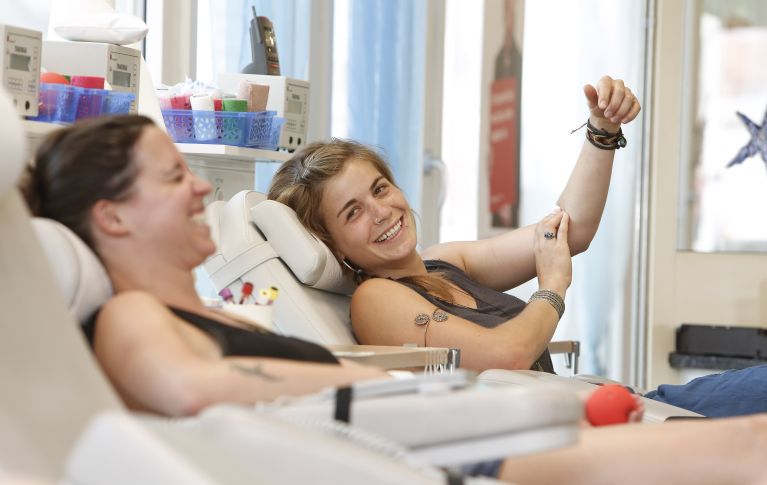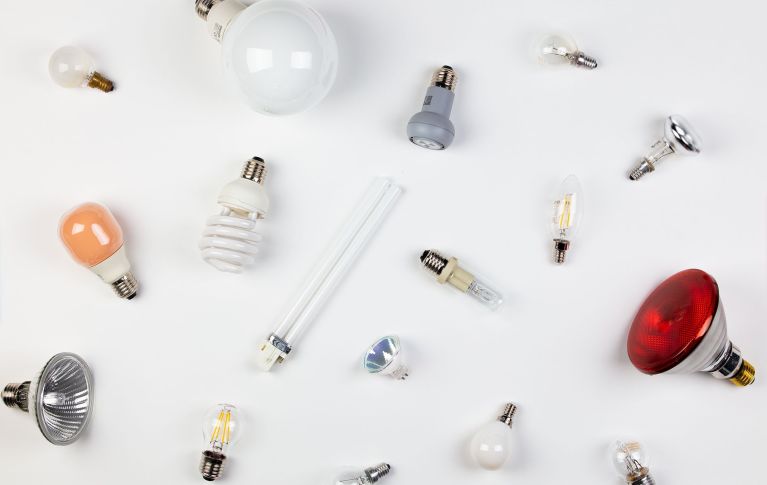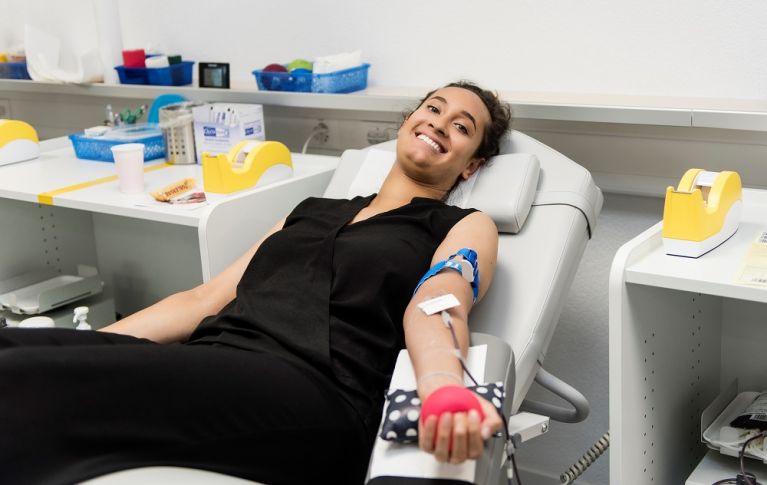
There is still no way to manufacture blood artificially. This means that the blood needs of people who are sick or injured must be met with blood from voluntary donations. Donate blood – you may be the one who needs it one day!
How does blood donation work?
People who are about to donate blood for the first time often have questions. How does blood donation work? Am I actually eligible to donate? What does the blood donation process involve? The most important information is collected for you here.
When and where can I donate blood?
There is sure to be a time convenient for you at a venue right in your area. The regional blood transfusion services run blood donation centres in over 37 Swiss localities. In addition, mobile teams working with Samaritan associations hold blood drives regularly in many other towns and villages.
Search for blood donation venues and times now!
Or make an appointment directly in your
Blood donation centerThis service is only available in German, French or Italian.
What will happen when you go to donate blood?
Donation check

Check your eligibility to donate blood right now.
Read more about Who Can Donate Blood?FAQ on blood donation

You will find answers to the most frequently asked questions about blood donation here.
Read more about Questions and Answers About Blood DonationFurther questions?
If you have specific questions relating to your blood donation or about appointment scheduling, please contact the regional blood transfusion service for your area.




